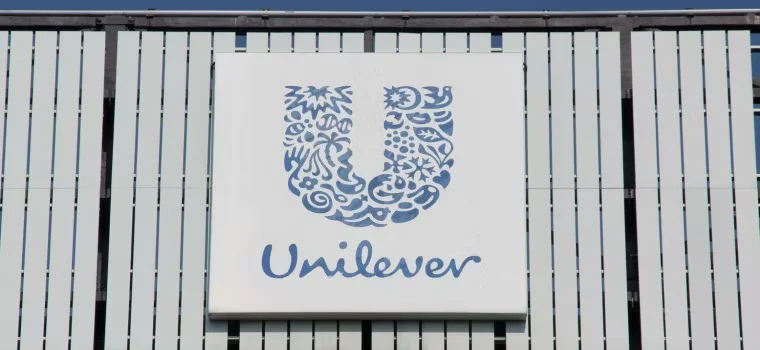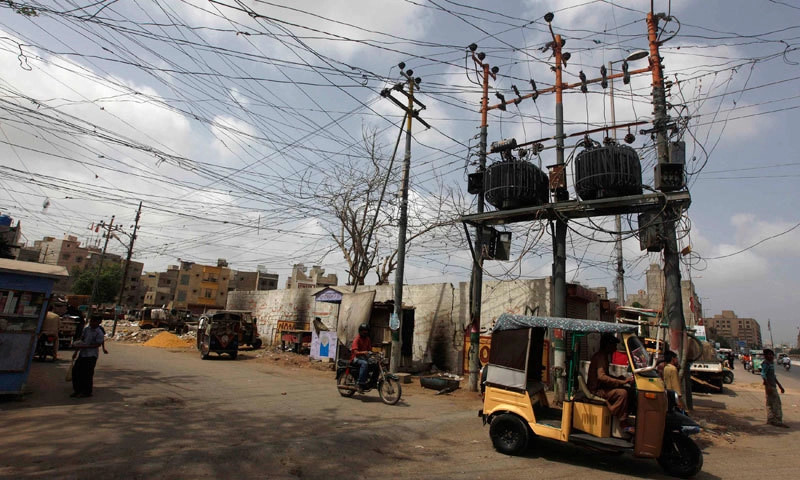
Unilever faces growth challenges as price hikes strain consumer demand
-

- Web Desk Karachi
- Apr 25, 2025

LONDON, UNITED KINGDOM: Unilever Plc and Nestle SA posted better-than-expected sales in the first quarter after pushing up prices to counter surging commodity costs.
Both companies, which lost market share due to inflation during the pandemic, said customers will have to take some of the pain as a global trade war and surging commodity prices lift their costs again.
“We are trying to take as much price as we can to cover our costs while being mindful of the consumer response in a competitive environment,” Nestle Chief Executive Officer Laurent Freixe said on a call with journalists. “It’s right to highlight soft consumer sentiment, and not only in the US, across the board.”
Nestle and rivals have been hit by soaring coffee, cocoa and other commodity costs over the past year that have forced them on push up prices or face narrowing margins. In some markets price increases are in double digits. Passing on higher costs to shoppers can send them fleeing to cheaper off-brand alternatives, as both companies discovered when price increases went too far after the pandemic.
President Donald Trump’s tariff threat are further dampening consumer demand and raising fears about a slowdown in the global economy.
Big Food companies need to be careful with their approach now as they weakened their brand position during the pandemic by raising prices too high, causing consumers to question their value for money, according to Cowen analyst Robert Moskow.
Both companies said they are being selective where they push up prices with Nestle – whose sales growth plunged to the lowest level in decades in 2024 – suggesting that double-digit uplifts for coffee and chocolate products, like Nespresso and KitKat, in some market had only caused “limited customer disruption.”
Unilever threatens to pull funding from the Ben & Jerry’s Foundation, sources say
Most price negotiations in developed markets typically occur at the beginning of the year, meaning the company is largely through that period of hikes, Freixe said.
While the absence of “incremental negatives” provide relief for Nestle, the report “does not answer longer-term questions” on the portfolio or the shape of the recovery in volume growth, Citigroup analyst Cedric Besnard wrote in a note.
Emerging Market Pain
for Unilever, price hikes and volume growth were more balanced in its developing markets, like North America, where volumes jumped 4 percent. However, the group’s emerging markets division – which accounts for nearly 60 percent of revenue and whose growth prospects the company has trumpeted for years – was weaker, with most sales growth eked out from price increases alone.
Latin America was particularly hit, hurt by high interest rates which lowered consumer demand and led to retainers destocking in markets. Volume growth has turned negative in Mexico and Argentina, said Unilever CEO Fernando Fernandez, who was appointed to the role in March following the ouster of Hein Schumacher.
Unilever sales also fell by double-digit in China and remained weak in Indonesia, where the company has been hit by local competition and boycotts of western products.
“We are very aware of the continued pressure on consumers,” said Fernandez, adding there are other levers the company can pull such as reducing pack sizes. “Pricing is always the last resort in order to protect our margins.” However, he said there had been commodity inflation during the year, particularly affecting personal care and ice-cream.
Both companies reaffirmed their outlook for an improvement in sales growth, with Unilever forecasting some small improvements in its underlying operating profit margin, compared with the 18.4 percent achieved in 2024.
Shares of Nestle and Unilever fell in early trading before paring back losses.
“The biggest takeaway from both sets of results is that pricing is increasing once again,” said Chris Beckett, head of equity research at Quilter Cheviot, even though last year all “the talk was of a decline in inflation and the improved balance between volume and price.”





